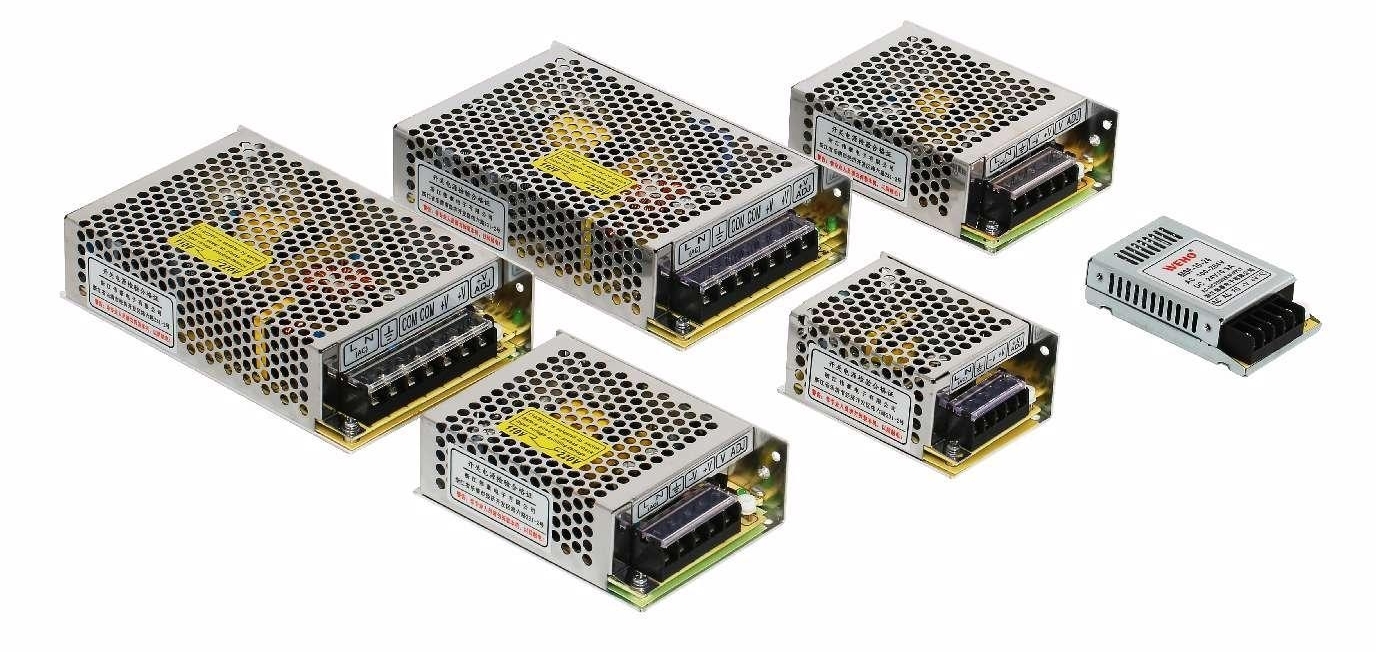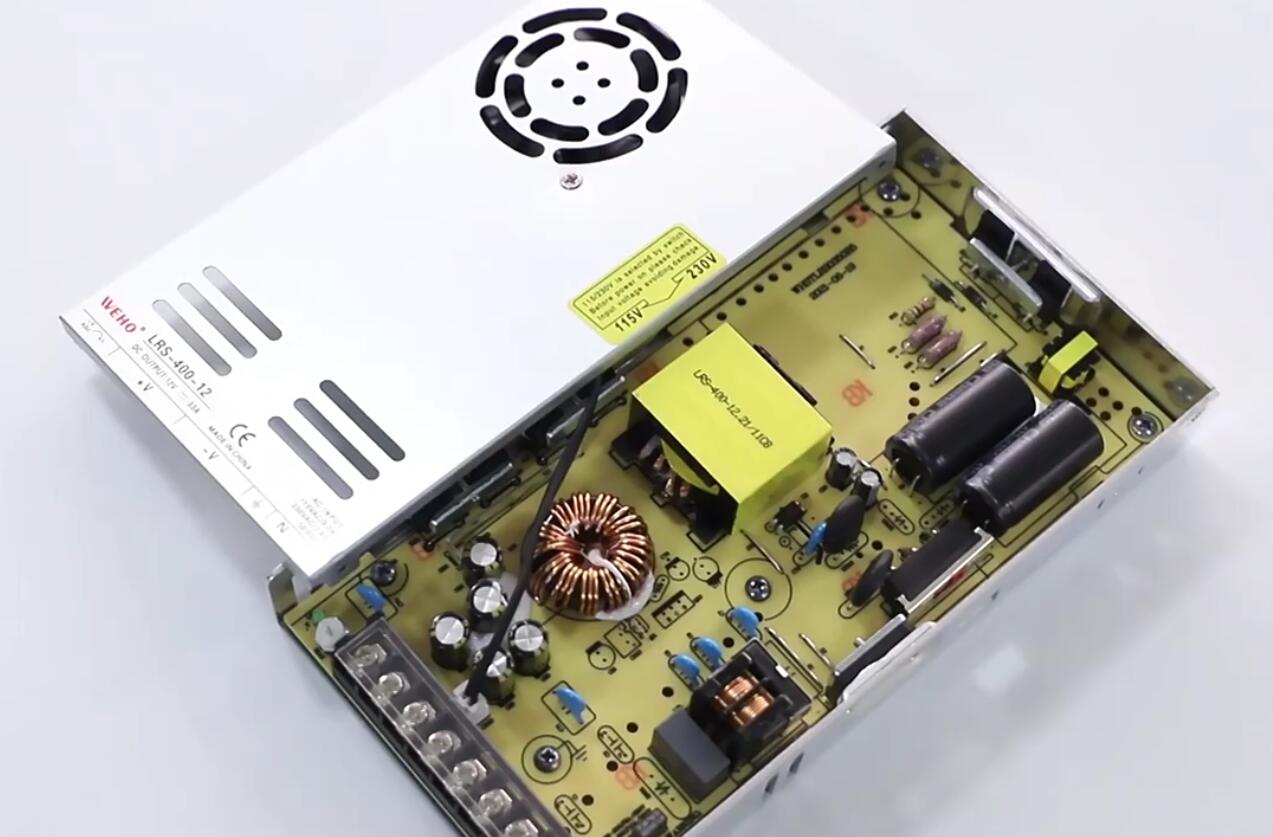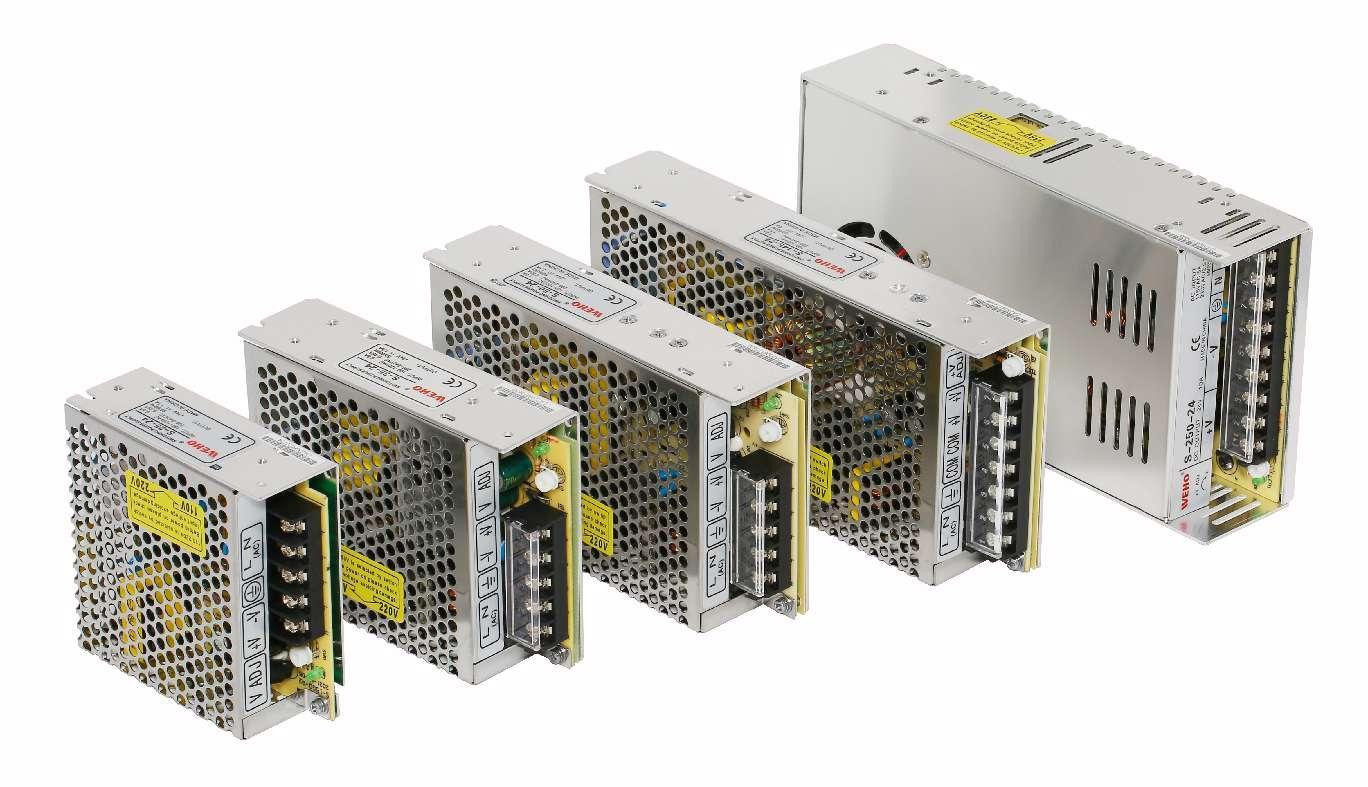Direct Current (DC) represents a form of electrical power that abstains from the need for conversion from Alternating Current (AC).
DC power demonstrates three significant attributes: supreme energy and operational cost rectitude achieved by eliminating AC to DC power transition, heightened reliability in systems utilising DC power such as LED lighting, HVAC systems and digital entities including computers and intelligent appliances, along with efficient battery storage.
In contemporary structures, there’s a notable increase in the amount of electricity that is either directly consumed as DC (Direct Current) or transiently transitions to DC states during consumption.
Due to this trend and the intrinsic benefits of Direct current, a consensus amongst industry experts suggests that implementing DC within commercial and residential electrical systems yields enhanced safety benchmarks, augmented comfort levels, and optimized energy efficiency for buildings.
This article attempts an explore the intricate dynamics of direct current power while highlighting the potential advantages it extends towards building applications.











